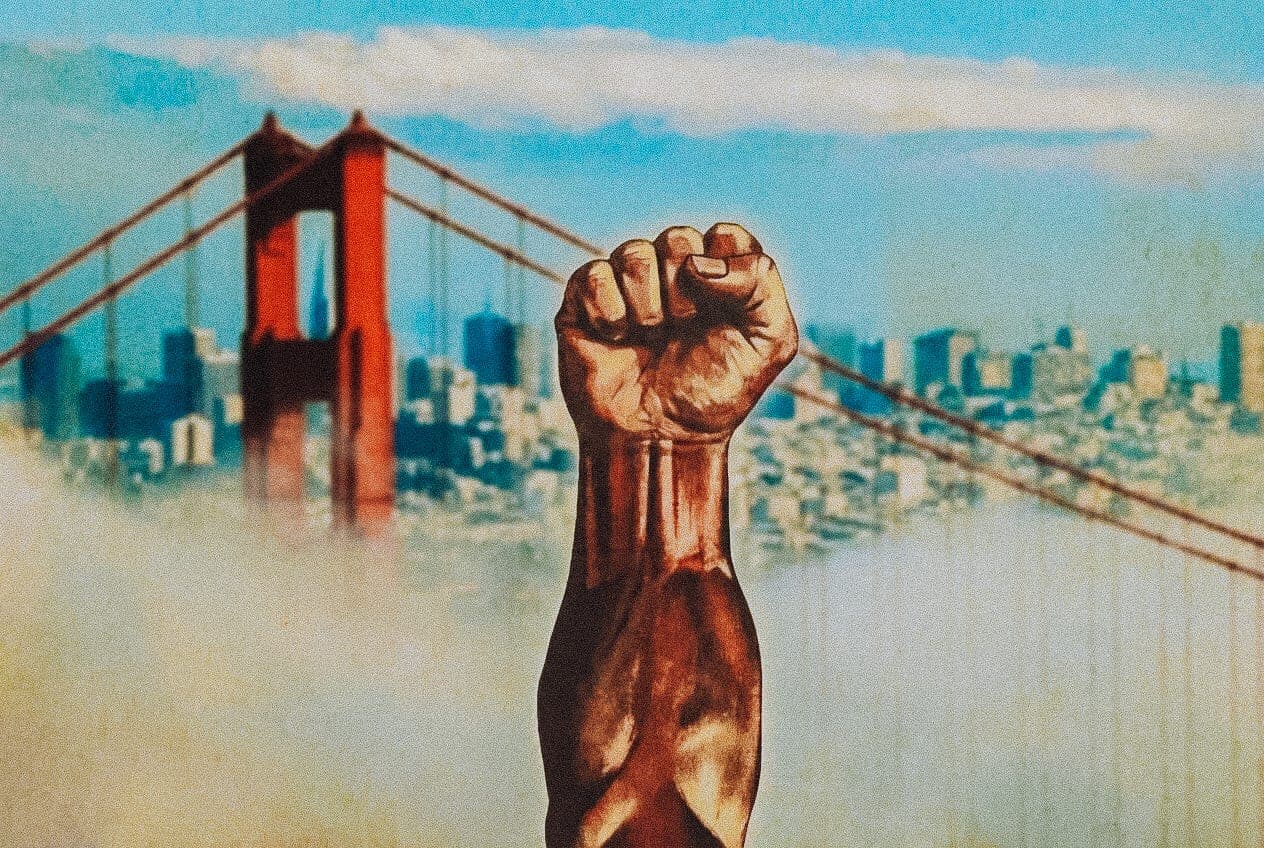
SF Really Wants To Give Black People $5M ChecksDec 20
the city's reparations scheme is dreaming big, delivering nothing, and derailing city funds
Mar 29, 2023

A bunch of boyscouts. By the fall of 2021, Matthew Bergman was many things — a veteran asbestos victim trial lawyer, a law professor, a Kenyan female literacy philanthropist, a three time delegate to the Democratic National Convention — but he was not a man many would’ve foreseen leading a legal movement to fundamentally transform the internet. Having graduated from law school in 1989 and litigated exactly zero internet cases thereafter, Bergman seemed at first glance like an odd candidate for the role. But by winter he’d founded the Social Media Victims Law Center, which is now leading the fight to hold tech giants liable for harms suffered social media users.
Bergman’s career shift was catalyzed by Facebook whistleblower Frances Haugen, who in September 2021 leaked internal documents appearing to show — though not definitively proving — the company knew its products were harming adolescent mental health. Bergman’s bread and butter had been product liability law, at the very heart of which lies the concept of reasonably foreseeable harm. The “Facebook Files” showed the company had commissioned studies that suggested its apps were detrimental to the mental health of teenagers — especially girls — and that, having seen these study results, it continued to prioritize engagement over user safety. This, in the words of one expert, made the files “shark bait for trial lawyers” like Bergman, who built a lucrative career on proving in court that companies failed to prevent reasonably foreseeable harm stemming from the use of their products.
“This was the Sumner Simpson Papers all over again,” Bergman told an interviewer last September, referencing the files that proved a massive cover up of medical consequences by the asbestos industry. Except, in his telling, today’s social media giants “make the asbestos industry look like a bunch of boy scouts,” because the harm they’re inflicting is even greater, and they’re inflicting it on children. Also, in July 2022, he hosted a webinar organized by Perrin Conferences — a prominent forum for leading trial lawyers — titled “Will Social Media Litigation Become the Next Tobacco War?” In Bergman’s framing, then, social media companies belong in the pantheon of American corporate malfeasants, right alongside the manufacturers of products known to increase the risk of lung cancer five to ten fold. These kinds of inflammatory analogies have left a sour taste in the mouths of the tech giants he’s taking on; a source at Meta, who wished to remain anonymous, called Bergman an “ambulance chaser” running a “class action lawsuit factory masquerading as an advocacy group.”